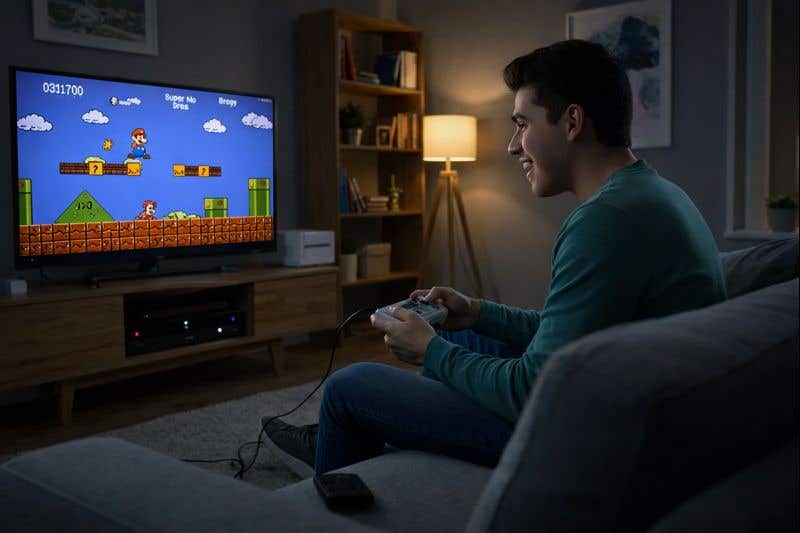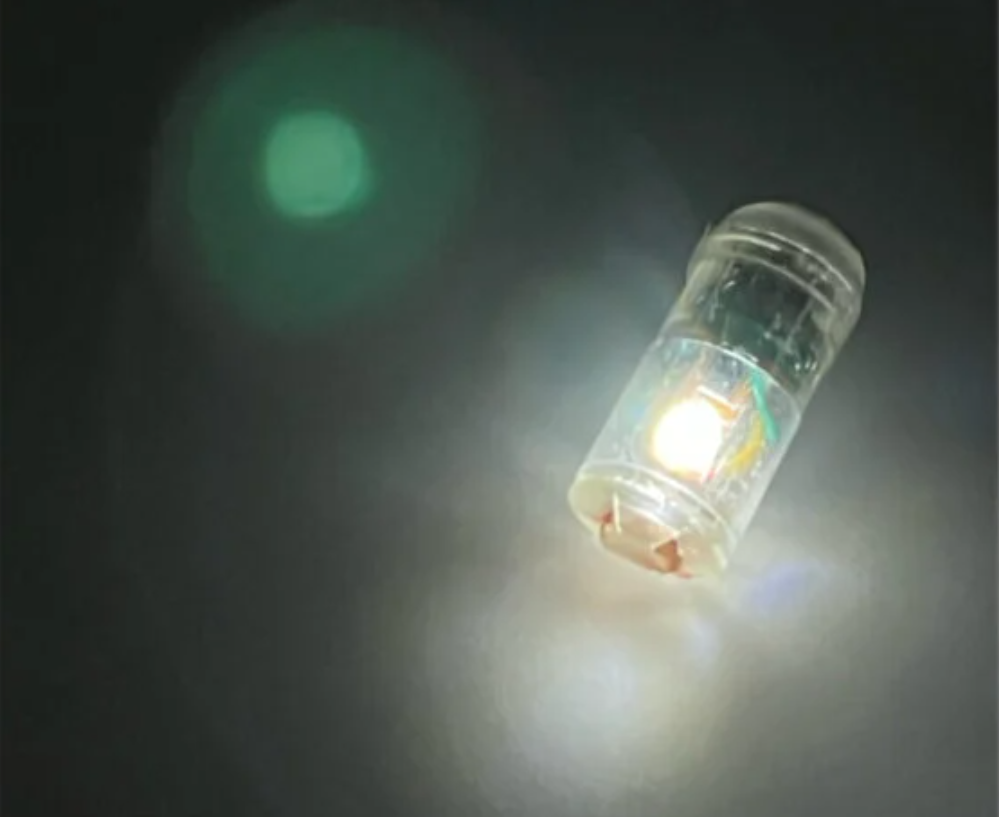Altruistic babies? Study shows infants are willing to give up food, help others
Altruistic helping, the act of giving away something desirable, even at a cost to oneself, is no more evident than when it comes to food

[June 20, 2021: Kim Eckart]
Altruistic helping — the act of giving away something desirable, even at a cost to oneself — is perhaps no more evident than when it comes to food.
Human adults often respond to hungry people, whether through food banks or fundraisers, or by simply handing over their lunch. But when, and how, does that spirit of giving start?
New research by the University of Washington’s Institute for Learning & Brain Sciences, or I-LABS, finds that altruism may begin in infancy. In a study of nearly 100 19-month-olds, researchers found that children, even when hungry, gave a tasty snack to a stranger in need. The findings not only show that infants engage in altruistic behavior, but also suggest that early social experiences can shape altruism.
The study is published online Feb. 4 in Scientific Reports, an open-access journal from the Nature Publishing Group.
“We think altruism is important to study because it is one of the most distinctive aspects of being human. It is an important part of the moral fabric of society,” said Rodolfo Cortes Barragan, a postdoctoral researcher at I-LABS and lead author on the study. “We adults help each other when we see another in need and we do this even if there is a cost to the self. So we tested the roots of this in infants.”
Nonhuman primates have been found to cooperate, and to share resources under restricted conditions. But nonhuman primates, such as chimpanzees, don’t actively hand over delicious food that they need themselves.
I-LABS researchers wanted to test whether human infants were able to act beyond self-interest, when faced with one of the most fundamental biological needs: food.
For this study, researchers chose kid-friendly fruits — including bananas, blueberries and grapes — and set up an interaction between child and researcher. The goal: to determine whether the child would, without encouragement, verbal instruction or reinforcement, spontaneously give an appealing food to an unfamiliar person.
In the experiment, the child and the adult researcher faced each other across a table at I-LABS, and the researcher showed the child a piece of fruit. What happened next was determined by whether the child was in the control group, or the test group. In the control group, the researcher gently tossed the piece of fruit onto a tray on the floor beyond reach but within the child’s reach. The researcher showed no expression and made no attempt to retrieve the fruit.
In the test group, the researcher pretended to accidentally drop the fruit onto the tray, then reach for it unsuccessfully.
This video clip from the experiment shows a 19-month-old child offering a strawberry to study lead author Rodolfo Cortes Barragan, after Barragan pretends to drop the fruit.
That reaching effort — the adult’s apparent desire for the food — seemed to trigger a helping response in the children, researchers said: More than half the children in the test group picked up the fruit and gave it to the adult, compared to 4% of children in the control group.
In a second experiment with a different sample of children, parents were asked to bring their child just before their scheduled snack or mealtime — when the child was likely to be hungry. Researchers reasoned that this would raise the “cost to self” that defines altruism. The control and test group scenarios were repeated, but with children who were now more motivated to take the fruit for themselves. The results mirrored those from the previous study. Fully 37% of the test group offered the fruit to the researcher while none of the children in the control group did so.
“The infants in this second study looked longingly at the fruit, and then they gave it away!” said Andrew Meltzoff, who is co-director of I-LABS and holds the Job and Gertrud Tamaki Endowed Chair in psychology. “We think this captures a kind of baby-sized version of altruistic helping.”
The research team also analyzed the data in different ways — whether children offered fruit on the first trial of the experiment or got better during the process, for example, and whether children from particular types of family environments helped more.
The researchers found that infants helped just as well on the very first trial of the experiment as on later trials, which Barragan said is informative because it shows that the children did not have to learn to help during the study and needed no training. Indeed, children spontaneously and repeatedly helped a person from outside of their immediate family.
The researchers also found that children with siblings and from certain cultural backgrounds were especially likely to help the adult, indicating that the expression of infant altruism is malleable. These results fit well with previous studies with adults that show positive influences of having a cultural background that emphasizes “interdependence,” that is, a background that places particular value on how much an individual feels connected to others. Said Barragan, “We think certain family and social experiences make a difference, and continued research would be desirable to more fully understand what maximizes the expression of altruism in young children. If we can discover how to promote altruism our kids, this could move us toward a more caring society.”
Rechele Brooks, an I-LABS research scientist, was a co-author. The study was funded by the Templeton World Charity Foundation, a National Science Foundation Broadening Participation Postdoctoral Research Award to Barragan, and the I-LABS Ready Mind Project.
Like these kind of feel good stories? Get the Brighter Side of News' newsletter.
Tags: #New_Discovery, #Children, #Altruism, #Kindness, #The_Brighter_Side_of_News



